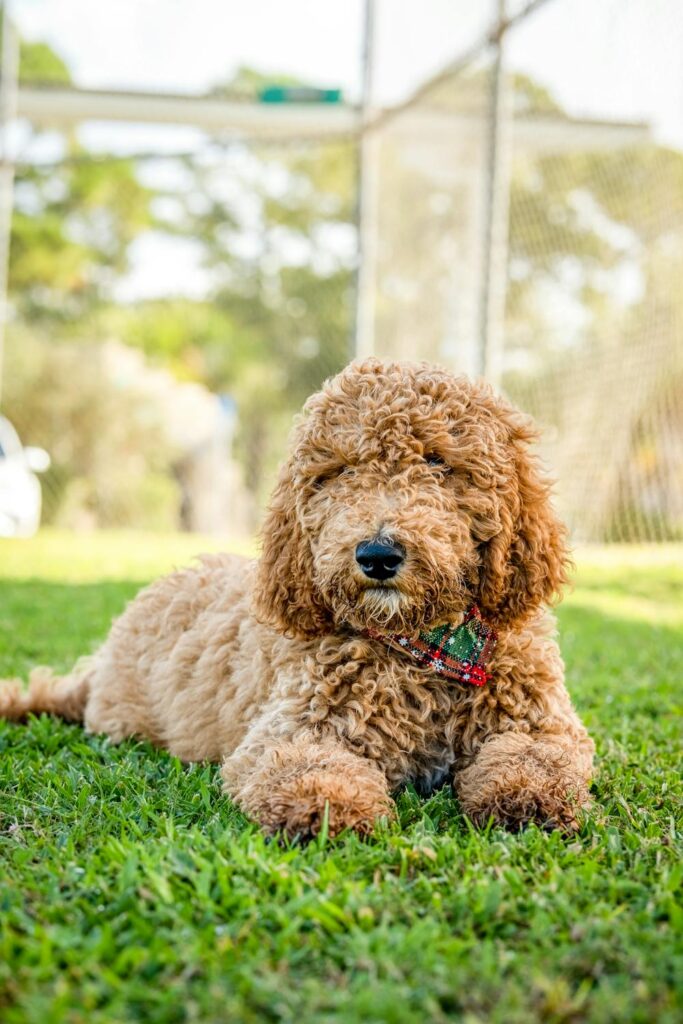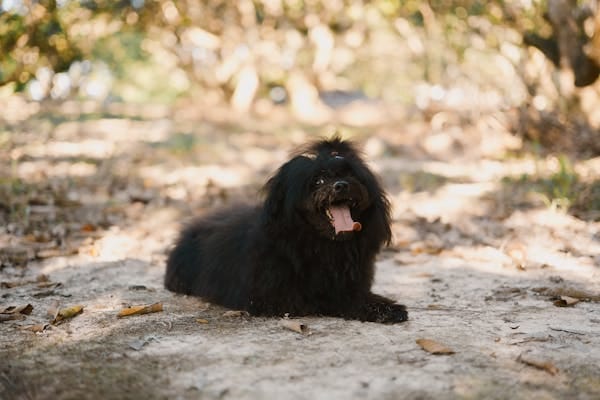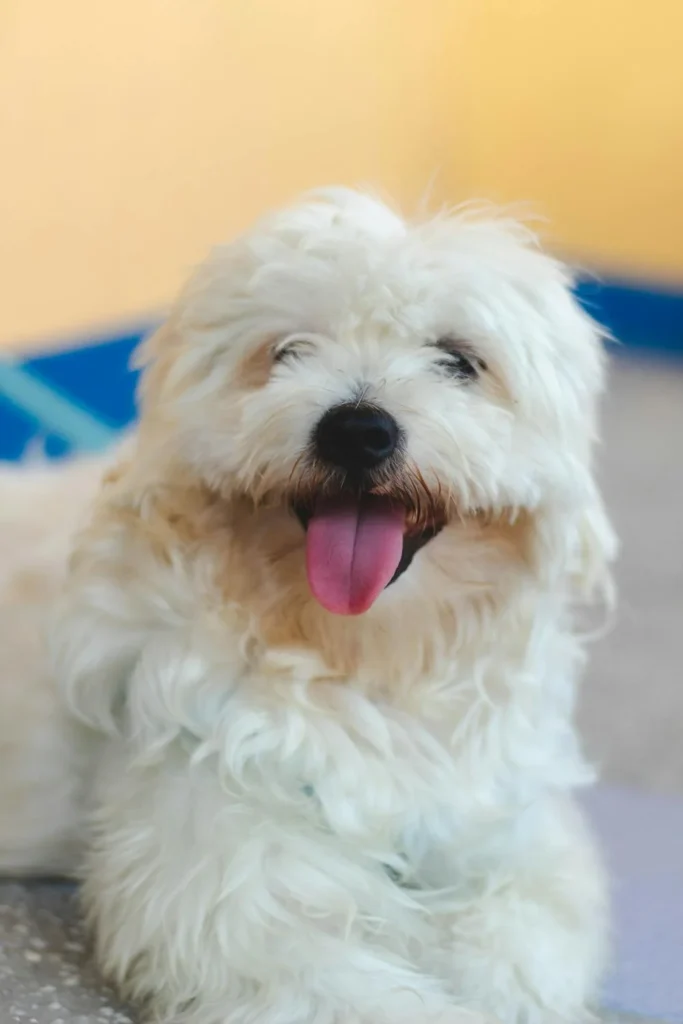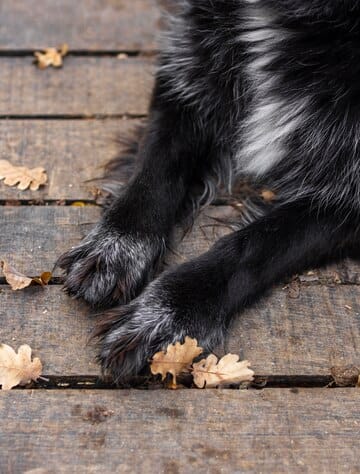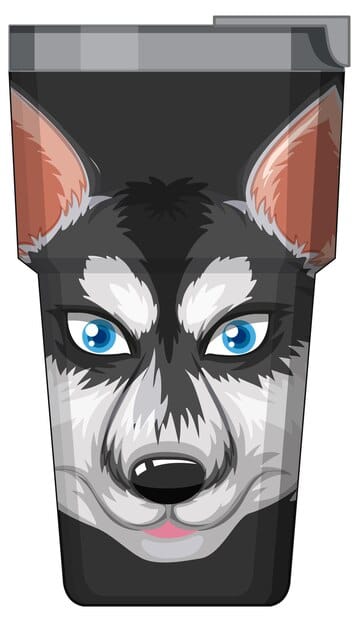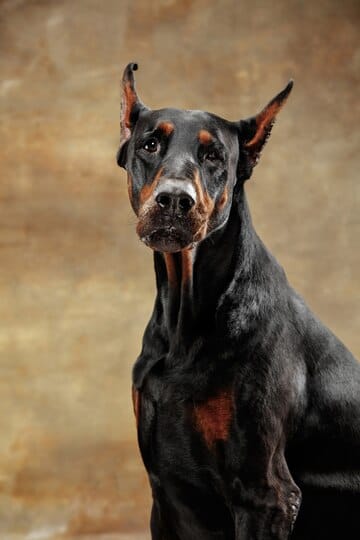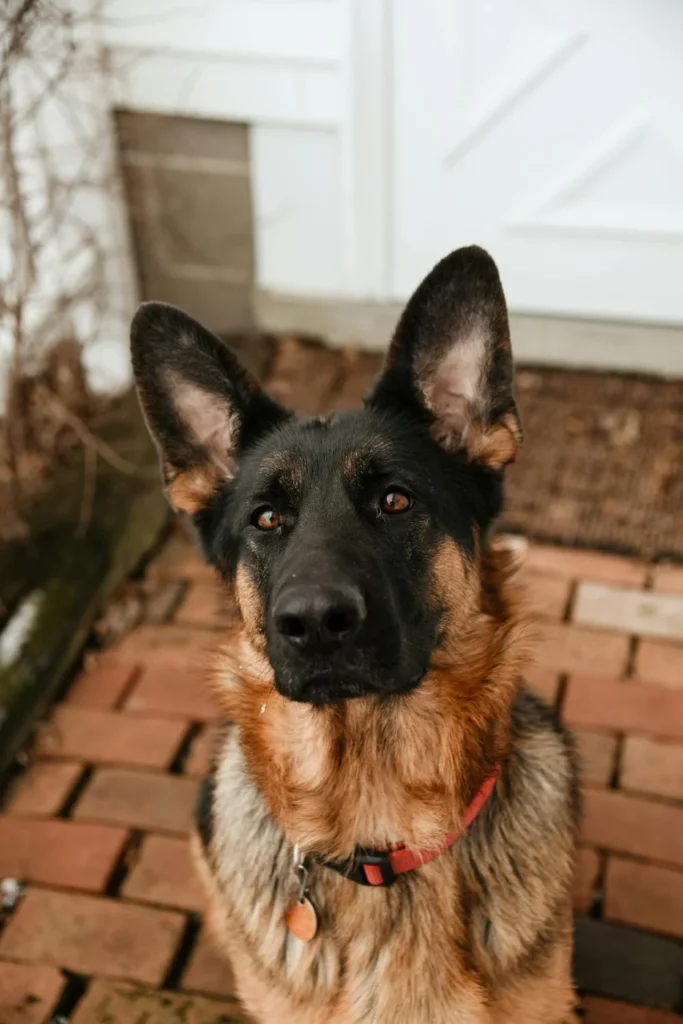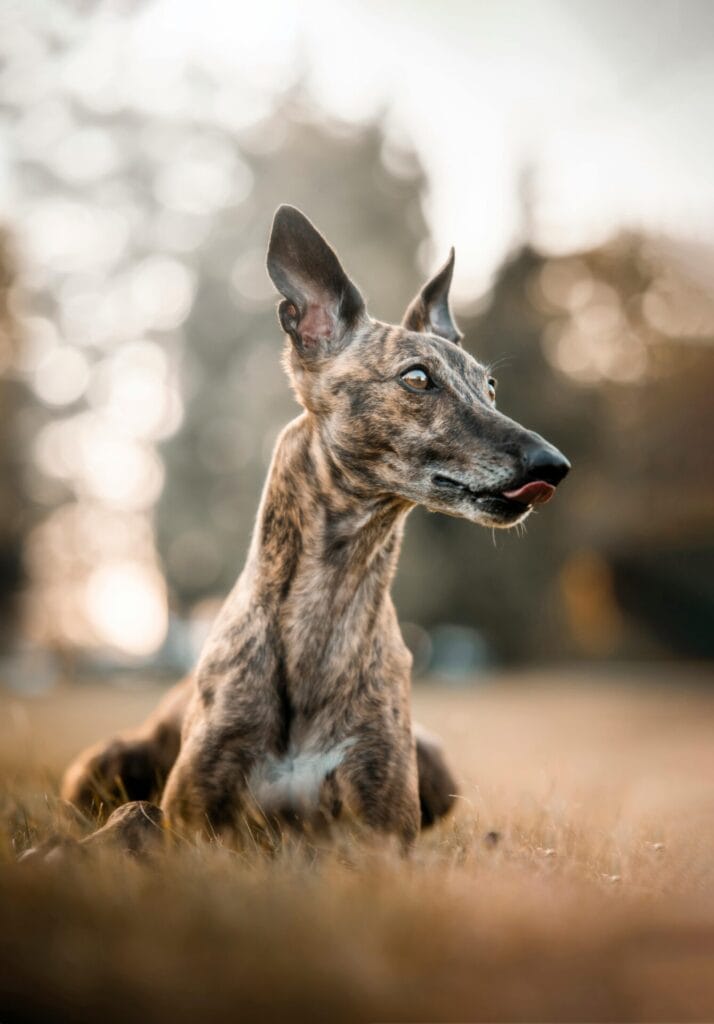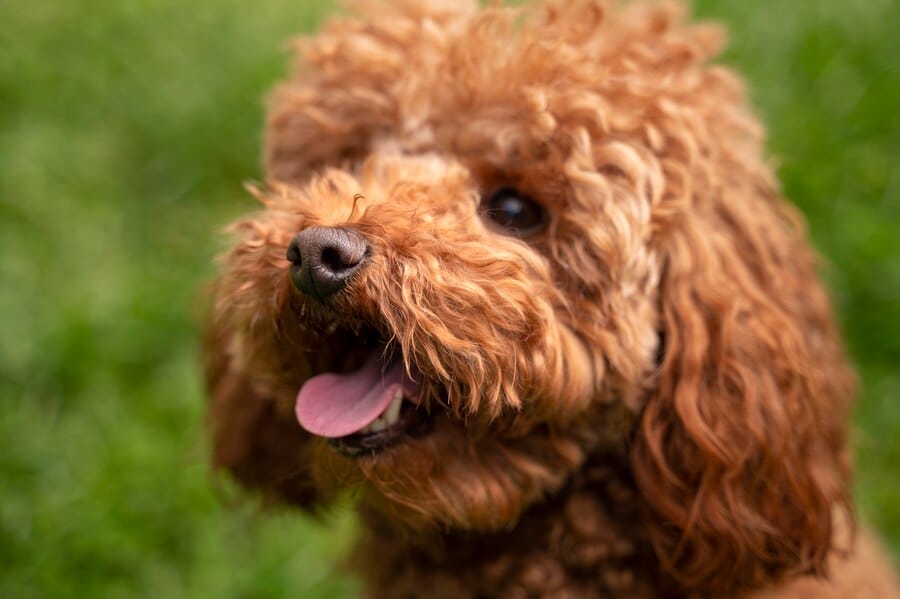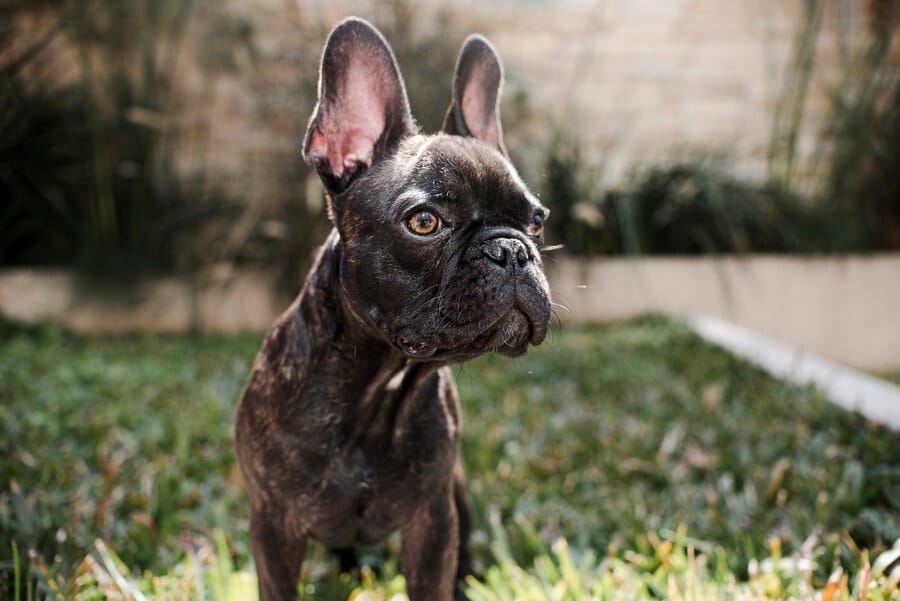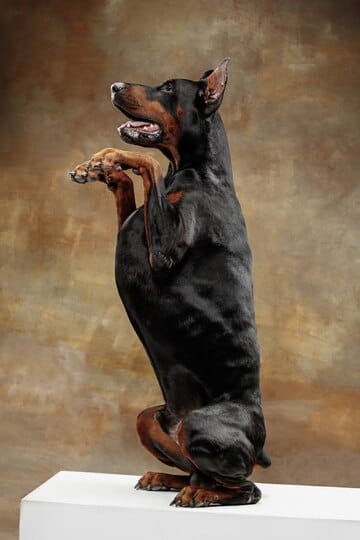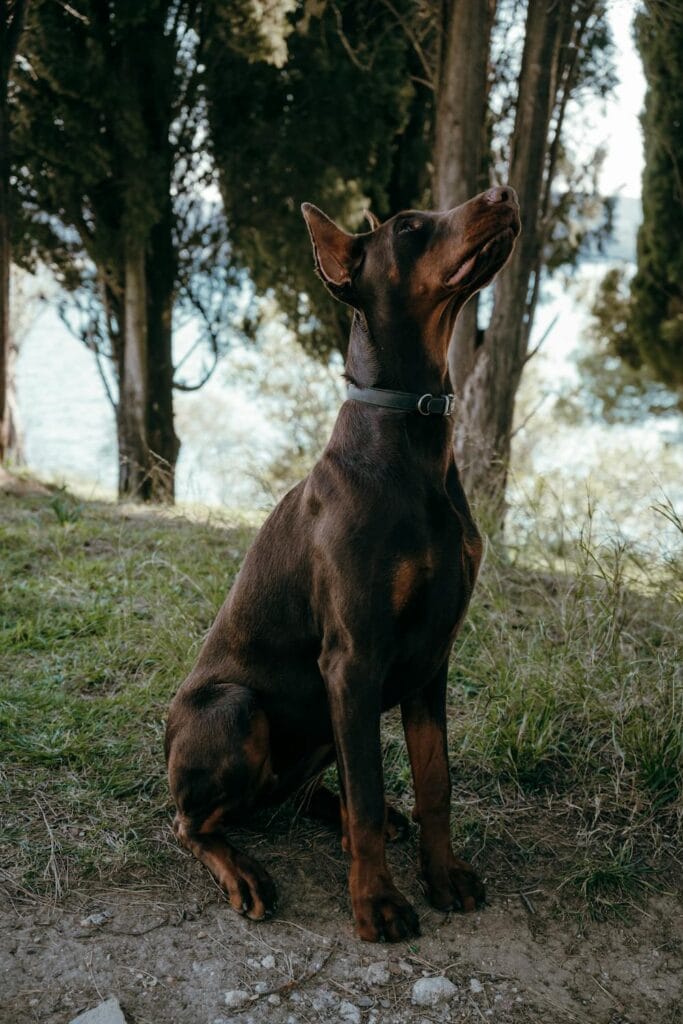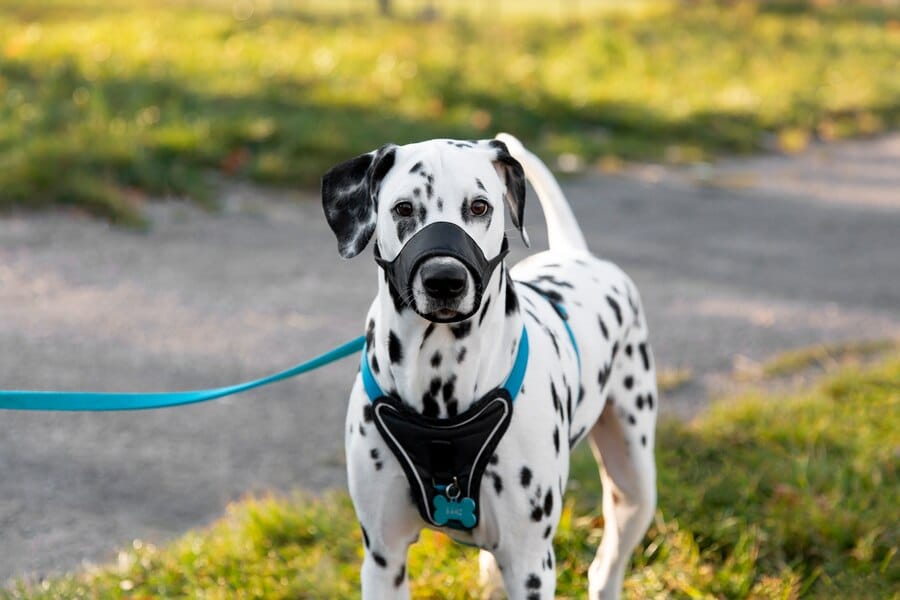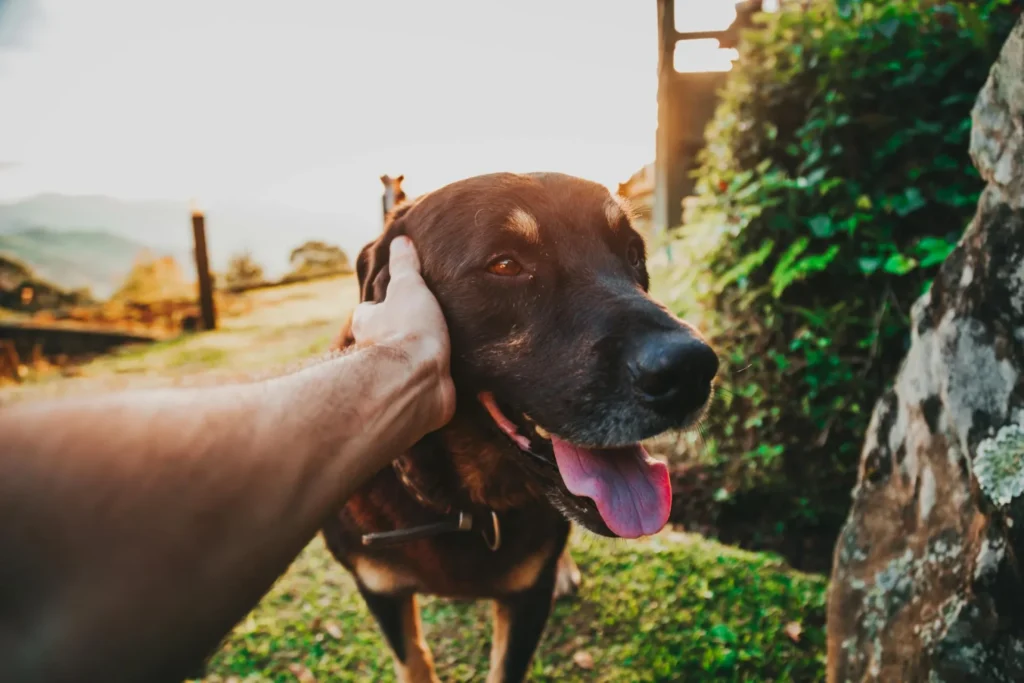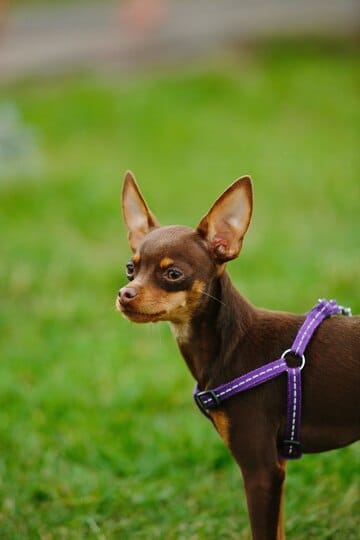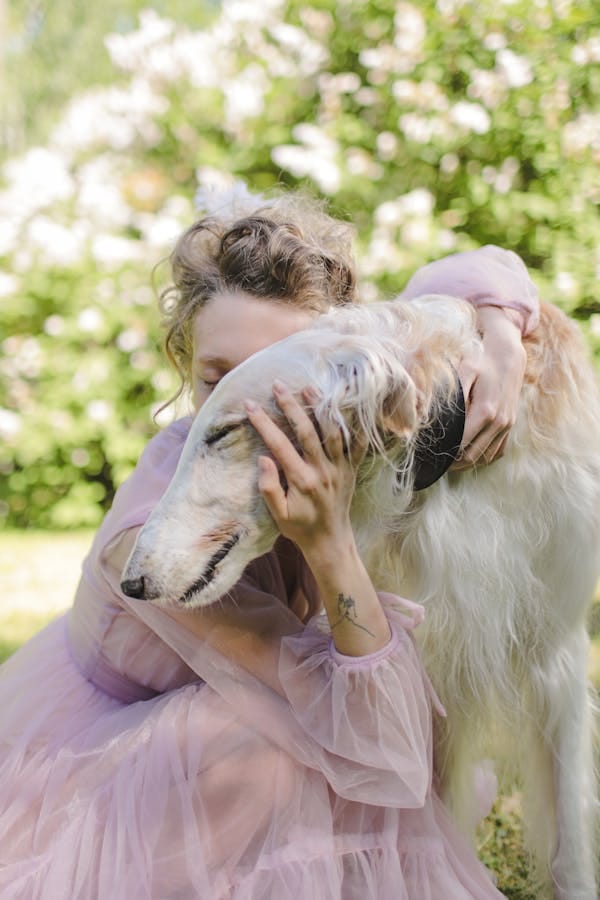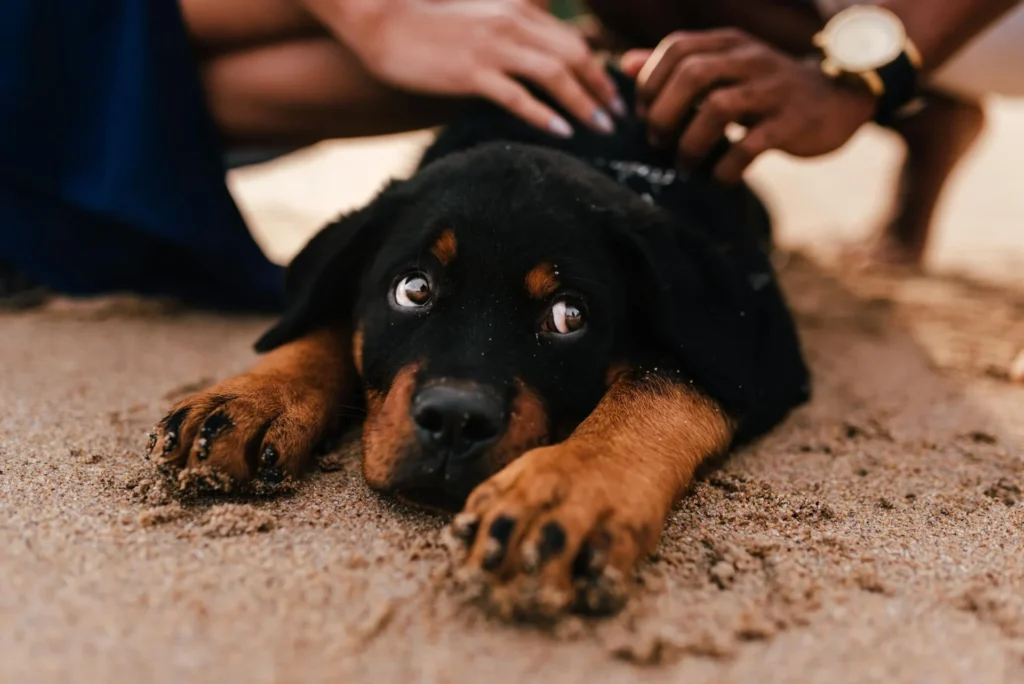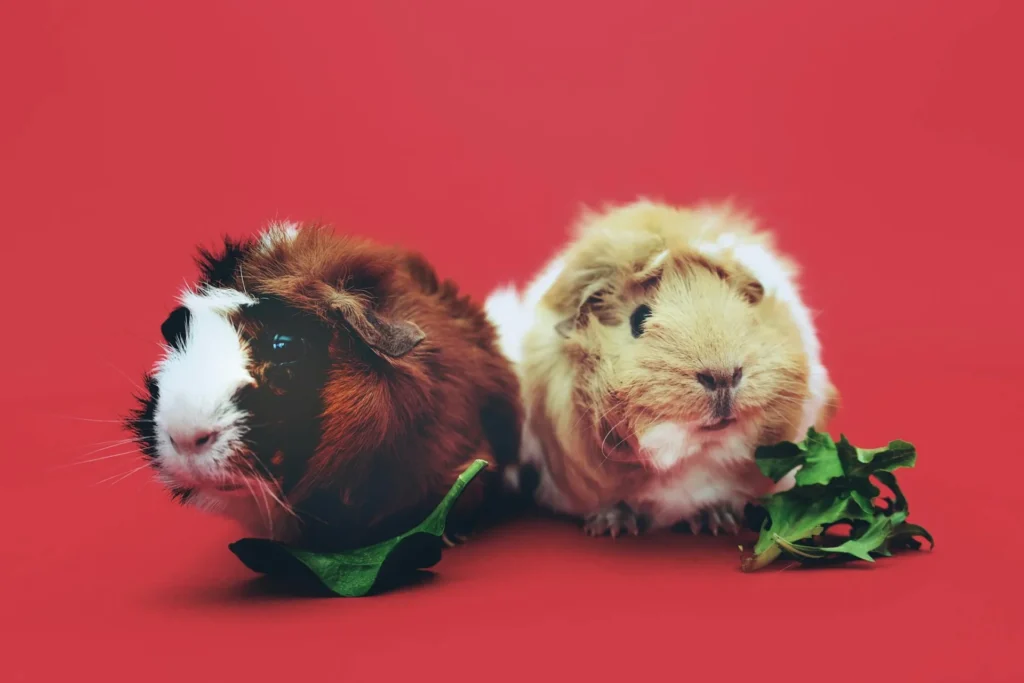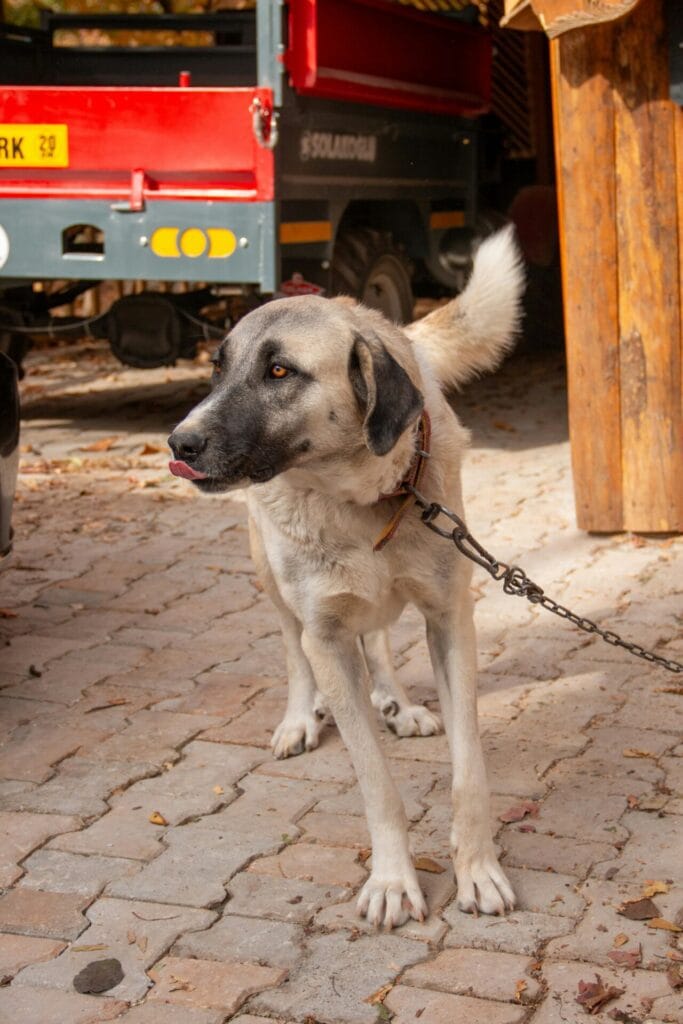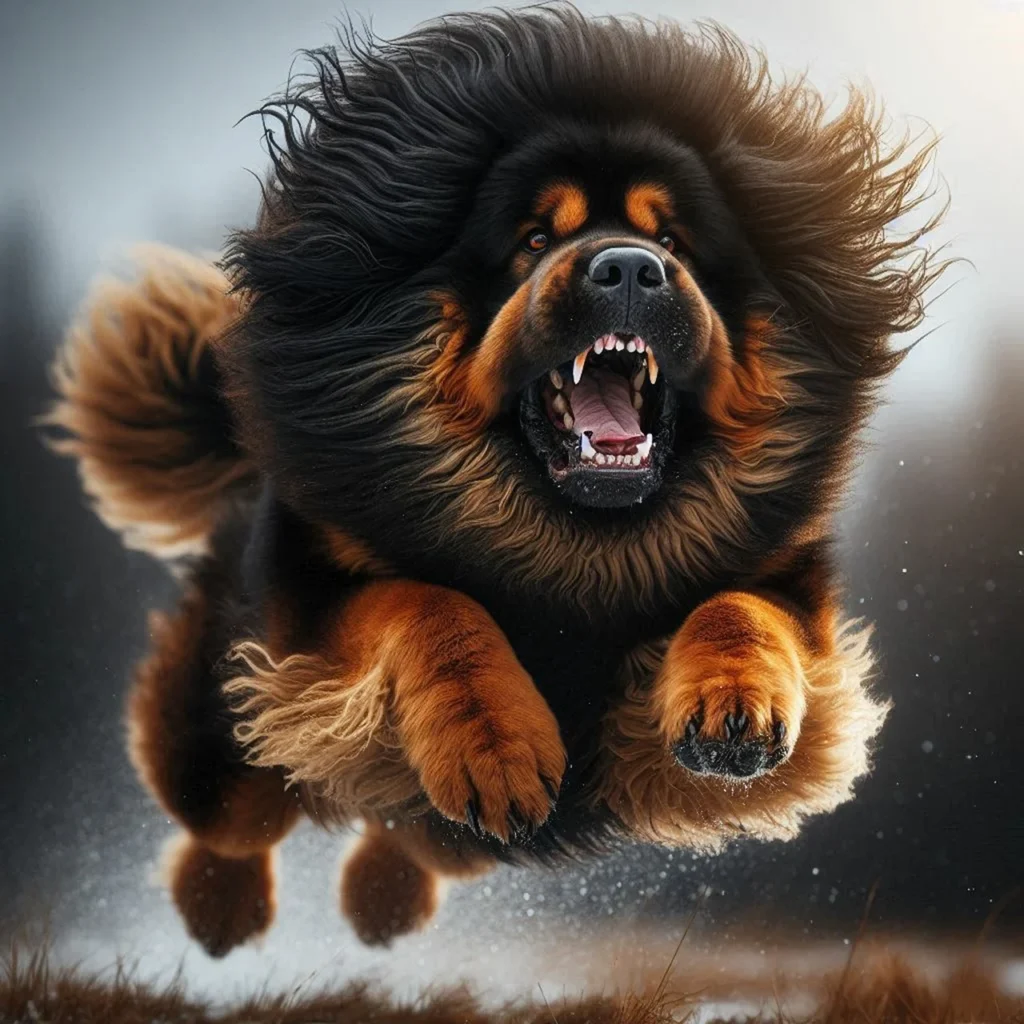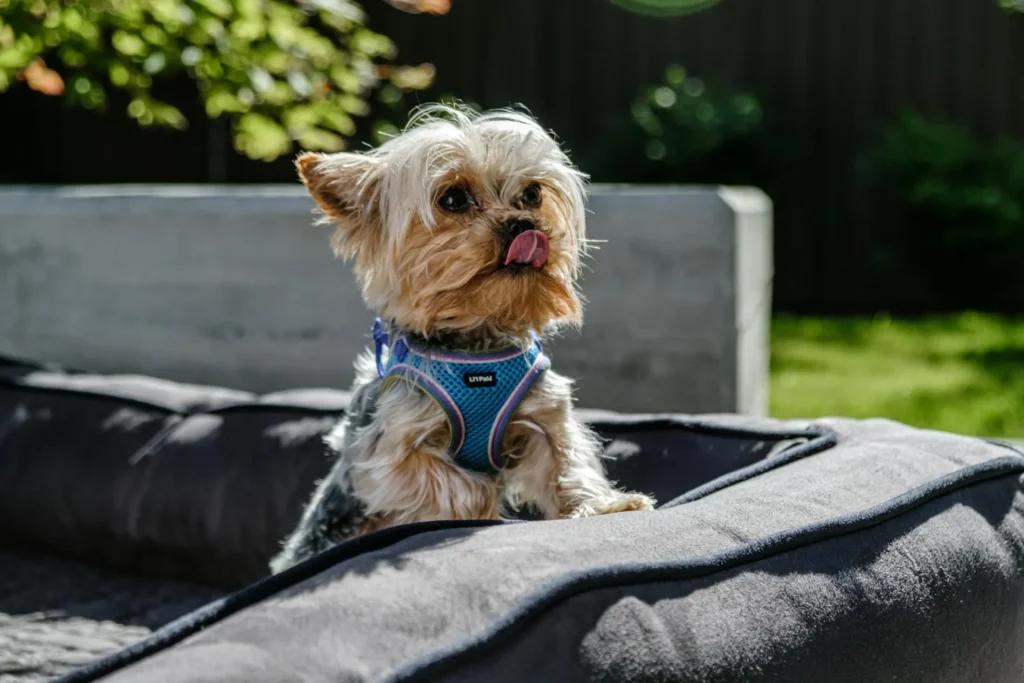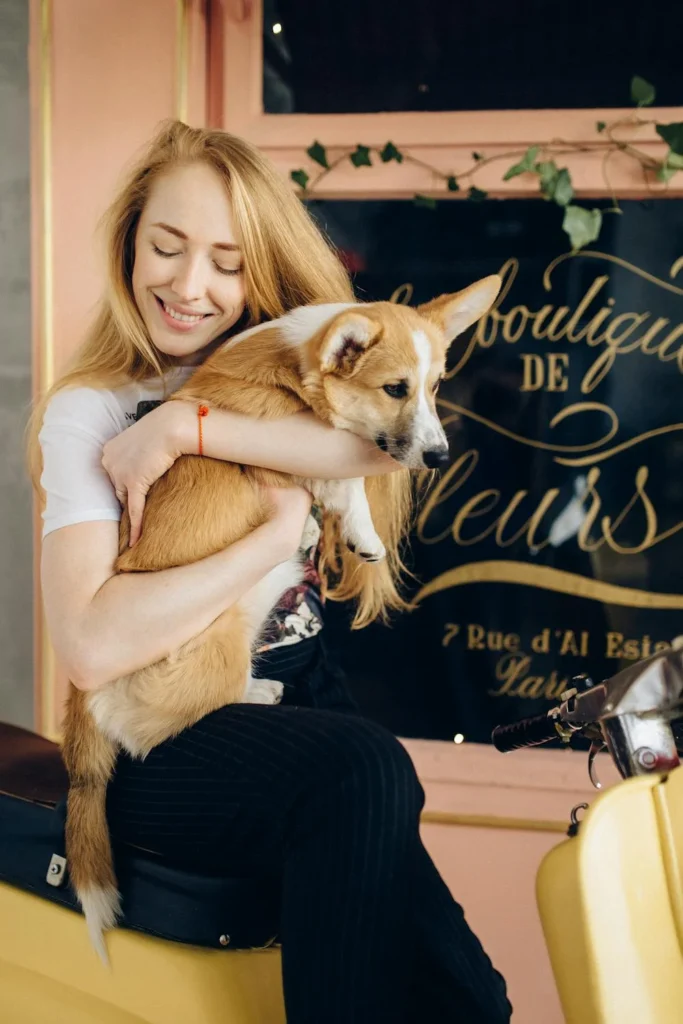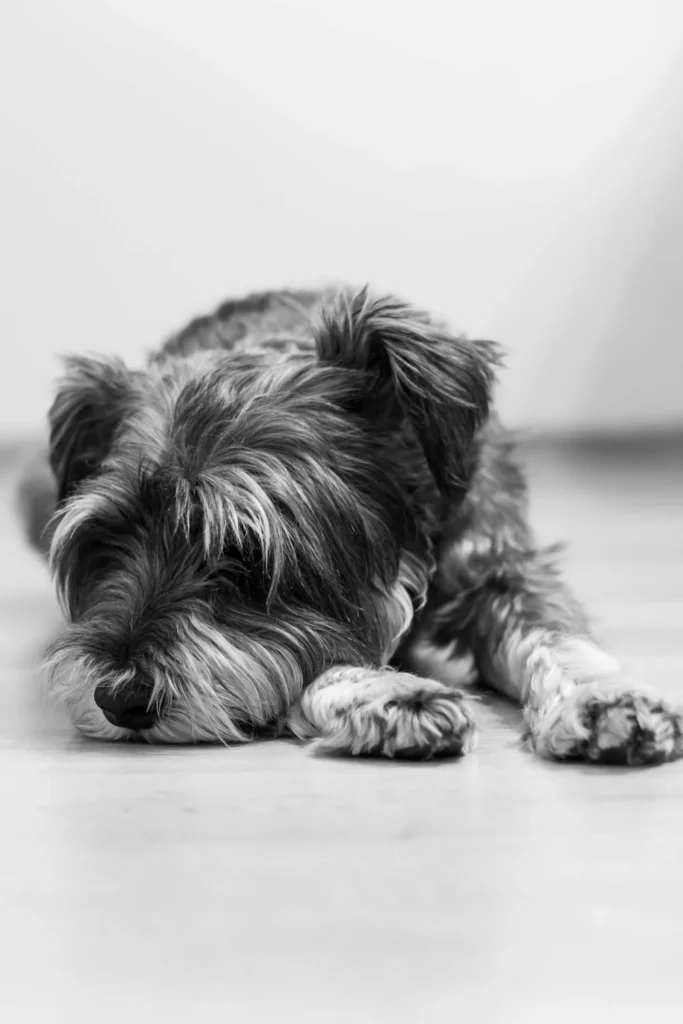- Introduction: When Dogs Channel Their Inner Feline 🎭
- The Basics: Understanding Poodle Personality 🧠
- The Cat Connection: How Poodles Mirror Feline Behavior 🐾
- Comparing Cat-Like Behaviors Across Poodle Varieties and Ages 📊
- Poodles vs. Other Breeds: The Feline Factor 🐕🦺
- The Why: Unraveling the Reasons Behind Feline Behavior in Poodles 🕵️♀️
- When Do Poodles Act Most Cat-Like? 🕰️
- The Spectrum of Normal vs. Concerning Behavior 🌈
- Solutions: Managing and Modifying Cat-Like Behaviors 🛠️
- Side Effects: The Impacts of Cat-Like Behavior in Poodles 🎭
- Expert Opinions: What the Pros Say About Poodles’ Feline Tendencies 🎓
- Comparing Poodle Varieties: Who’s the Most Feline? 🏆
- The Poodle-Cat Personality: Embracing the Best of Both Worlds 🌟
- Nurturing the Poodle-Cat Balance: Tips for Harmonious Living 🏠
- The Evolutionary Perspective: Why Poodles May Have Developed Cat-Like Traits 🌿
- The Future of Poodle Behavior: Trends and Predictions 🔮
- FAQs: Your Burning Questions About Poodles and Their Cat-Like Ways 🙋♀️🙋♂️
- Conclusion: Celebrating the Unique Charm of the Feline-Esque Poodle 🎉
Introduction: When Dogs Channel Their Inner Feline 🎭
Have you ever caught your poodle perched on the back of your sofa, gazing out the window with an air of superiority that would make any cat proud? Or perhaps you’ve witnessed your furry friend fastidiously grooming themselves, reminiscent of a finicky feline? If so, you’re not alone! Many poodle owners have found themselves wondering: “Do poodles act like cats?” It’s time to dive into this intriguing phenomenon and explore the whys, whens, and hows of cat-like behavior in our beloved poodles.
The Basics: Understanding Poodle Personality 🧠
Before we delve into the feline-esque tendencies of poodles, let’s establish a foundation of understanding about these intelligent and charismatic dogs.
Poodle 101: A Brief Overview
Poodles, originally bred as water retrievers in Germany, have evolved into one of the most popular companion dogs worldwide. They come in three sizes:
- Standard Poodle (over 15 inches tall at the shoulder)
- Miniature Poodle (10-15 inches tall)
- Toy Poodle (under 10 inches tall)
Regardless of size, poodles are known for their:
- High intelligence 🧠
- Athletic ability 🏃♂️
- Hypoallergenic coat 🦱
- Elegant appearance 💃
- Devoted nature ❤️
The Poodle Personality: More Than Meets the Eye
Poodles are often misunderstood as mere “fancy” dogs, but their personality is complex and multifaceted:
- Highly intelligent and trainable
- Energetic and playful
- Sensitive and intuitive
- Independent thinkers
- Attention-seeking
- Sometimes aloof with strangers
It’s this unique combination of traits that sometimes leads to behaviors reminiscent of our feline friends.
The Cat Connection: How Poodles Mirror Feline Behavior 🐾
Now that we’ve covered the basics, let’s explore the ways in which poodles can act like cats. We’ll break this down into several categories:
1. Independence and Aloofness 😎
Cats are famous for their independent nature, and poodles can sometimes exhibit similar traits:
- Selective attention: Poodles may choose when to acknowledge their owners, much like cats.
- Personal space: They may seek solitude at times, retreating to a favorite spot.
- Aloofness with strangers: Poodles can be reserved around new people, similar to many cats.
2. Grooming Habits 🚿
While all dogs groom themselves to some extent, poodles take it to another level:
- Frequent self-grooming: Poodles often lick their paws and coat.
- Fastidious nature: They tend to keep themselves clean, avoiding messes when possible.
- Dislike of water: Some poodles, despite their water-retrieving heritage, may avoid getting wet, much like cats.
3. Climbing and Perching 🧗♂️
One of the most cat-like behaviors observed in poodles is their tendency to climb and perch in high places:
- Sofa backs: Many poodles love to sit on the back of sofas or chairs.
- Elevated views: They may seek out high vantage points to observe their surroundings.
- Agility: Poodles can be surprisingly nimble, jumping onto and balancing on narrow surfaces.
4. Hunting Instincts 🐁
While poodles were bred as retrievers, some exhibit hunting behaviors more commonly associated with cats:
- Pouncing: Playful poodles might pounce on toys or even their owners’ feet.
- Stalking: They may stalk birds or small animals in the yard.
- Batting at objects: Some poodles use their paws to bat at toys or objects, similar to how cats play.
5. Affection on Their Terms 💕
Like cats, poodles can be affectionate, but often on their own terms:
- Selective cuddling: They may choose when and how they want to be petted.
- Head butting: Some poodles nudge their owners for attention, reminiscent of cat behavior.
- Lap sitting: While not all poodles are lap dogs, some enjoy sitting on their owners’ laps like cats.
Comparing Cat-Like Behaviors Across Poodle Varieties and Ages 📊
Let’s break down how these feline-esque behaviors manifest across different poodle sizes and age groups:
| Poodle Variety | Age Group | Independence | Grooming | Climbing | Hunting | Selective Affection |
|---|---|---|---|---|---|---|
| Toy Poodle | Puppy (0-1 year) | Low | Moderate | High | Moderate | Low |
| Toy Poodle | Adult (1-7 years) | Moderate | High | Very High | Moderate | High |
| Toy Poodle | Senior (8+ years) | High | Moderate | Moderate | Low | Very High |
| Miniature Poodle | Puppy (0-1 year) | Low | Moderate | High | High | Low |
| Miniature Poodle | Adult (1-7 years) | Moderate | High | High | High | Moderate |
| Miniature Poodle | Senior (8+ years) | High | Moderate | Moderate | Moderate | High |
| Standard Poodle | Puppy (0-1 year) | Low | Low | Moderate | Very High | Low |
| Standard Poodle | Adult (1-8 years) | High | High | Moderate | High | Moderate |
| Standard Poodle | Senior (9+ years) | Very High | Moderate | Low | Moderate | High |
As we can see, cat-like behaviors tend to increase with age, with toy and miniature poodles generally exhibiting more feline traits than their standard counterparts.
Poodles vs. Other Breeds: The Feline Factor 🐕🦺
How do poodles compare to other dog breeds when it comes to cat-like behavior? Let’s take a look:
| Breed | Feline Factor (1-10) | Notable Cat-Like Traits |
|---|---|---|
| Poodle | 8 | Independence, grooming, perching |
| Basenji | 9 | Aloof, quiet, self-grooming |
| Shiba Inu | 8 | Independent, aloof, fastidious |
| Greyhound | 7 | Lazy lounging, independent |
| Chihuahua | 6 | Perching, selective affection |
| German Shepherd | 3 | Minimal cat-like traits |
Poodles rank high on the “Feline Factor” scale, surpassed only by breeds like the Basenji, which are often described as “cat-like” dogs.
The Why: Unraveling the Reasons Behind Feline Behavior in Poodles 🕵️♀️
Now that we’ve identified how poodles can act like cats, let’s explore the reasons behind this behavior:
1. Genetic Predisposition 🧬
While poodles are distinctly canine, some of their inherent traits align with feline characteristics:
- Intelligence: Like cats, poodles are highly intelligent, leading to independent thinking.
- Sensory sensitivity: Poodles have keen senses, making them reactive to their environment, similar to cats.
- Adaptability: Both poodles and cats are adaptable animals, leading to similar behavioral patterns.
2. Environmental Factors 🏠
A poodle’s living environment can significantly influence their behavior:
- Indoor living: Poodles kept primarily indoors may adopt more cat-like behaviors due to limited space.
- Multi-pet households: Poodles living with cats may mimic feline behavior through observation and learning.
- Owner behavior: Owners who treat their poodles like cats (allowing them on furniture, for example) may inadvertently encourage cat-like behavior.
3. Psychological Needs 🧠
Certain psychological needs can manifest in ways that appear cat-like:
- Attention-seeking: Poodles may adopt cat-like behaviors to garner attention from their owners.
- Stress or anxiety: Some cat-like behaviors, such as excessive grooming, may be a response to stress.
- Boredom: Intelligent poodles may develop quirky, cat-like behaviors when under-stimulated.
4. Physical Characteristics 🦴
Some of a poodle’s physical traits lend themselves to cat-like behavior:
- Agility: Poodles’ athletic build allows them to climb and perch like cats.
- Sensitive paws: Poodles have dexterous paws, enabling them to bat at objects cat-style.
- Coat type: The poodle’s continuous-growing coat requires regular grooming, which may increase self-grooming behavior.
When Do Poodles Act Most Cat-Like? 🕰️
Understanding the timing of cat-like behaviors can help owners better manage and appreciate these quirks:
1. Age-Related Timing
- Puppyhood: Playful pouncing and high energy levels
- Adulthood: Increased independence and selective affection
- Senior years: More aloof behavior and increased need for personal space
2. Daily Patterns
- Morning: Seek attention for breakfast, similar to cats
- Midday: Independent relaxation or perching to observe surroundings
- Evening: Increased playfulness and hunting behaviors
- Night: Some poodles may become more active at night, like cats
3. Situational Triggers
- New environments: May become more aloof or observant
- Presence of strangers: Increased independence or aloofness
- During grooming sessions: Enhanced self-grooming behaviors
- When seeking attention: May exhibit more cat-like playfulness or affection
The Spectrum of Normal vs. Concerning Behavior 🌈
While many cat-like behaviors in poodles are perfectly normal, it’s important to distinguish between quirky traits and potential issues:
Normal Cat-Like Behaviors in Poodles:
- Occasional perching on furniture
- Selective affection
- Playful pouncing on toys
- Regular self-grooming
- Independent streaks
Potentially Concerning Behaviors:
- Excessive grooming leading to skin irritation
- Extreme aloofness or avoidance of human interaction
- Aggressive scratching of furniture or people
- Refusal to walk on a leash, preferring to be carried
- Severe anxiety when not in elevated positions
If you observe any of these concerning behaviors, it’s best to consult with a veterinarian or professional dog trainer.
Solutions: Managing and Modifying Cat-Like Behaviors 🛠️
For poodle owners who find certain cat-like behaviors challenging, here are some strategies to manage or redirect these tendencies:
1. Addressing Independence and Aloofness
- Positive reinforcement: Reward your poodle for engaging with you and following commands.
- Consistent training: Regular training sessions can strengthen your bond and improve responsiveness.
- Socialization: Expose your poodle to various people and situations to reduce aloofness with strangers.
2. Managing Climbing and Perching
- Provide alternative elevated spots: Offer dog-safe perches or beds to satisfy the desire for height.
- Set clear boundaries: Consistently discourage perching on forbidden furniture.
- Increase exercise: A well-exercised poodle may feel less inclined to climb and perch excessively.
3. Redirecting Hunting Behaviors
- Interactive toys: Provide puzzle toys and games that simulate hunting to satisfy this instinct.
- Structured play sessions: Engage in daily play that allows for pouncing and chasing appropriate toys.
- Scent work: Introduce nose work activities to challenge your poodle’s hunting instincts in a positive way.
4. Balancing Affection
- Respect boundaries: Learn to read your poodle’s body language and respect when they need space.
- Create a routine: Establish regular cuddle or petting sessions to meet both your needs for affection.
- Use food motivation: If your poodle is food-motivated, use treats to encourage more frequent positive interactions.
Side Effects: The Impacts of Cat-Like Behavior in Poodles 🎭
While many cat-like behaviors are harmless or even endearing, they can have both positive and negative impacts:
Positive Side Effects:
- Low-maintenance companionship: Independent poodles may be easier for busy owners to manage.
- Cleanliness: Self-grooming tendencies can help keep your poodle clean between professional grooming sessions.
- Entertaining: Quirky, cat-like behaviors can be a source of amusement and joy for owners.
- Adaptability: Poodles with cat-like traits may adapt more easily to various living situations.
Potential Negative Side Effects:
- Misunderstandings: Owners expecting typical dog behavior may find cat-like traits frustrating.
- Training challenges: Independent streaks can make consistent obedience more difficult.
- Safety concerns: Climbing and perching behaviors could lead to falls or injuries.
- Separation anxiety: Extremely attached poodles may struggle when left alone, despite their independent nature.
Expert Opinions: What the Pros Say About Poodles’ Feline Tendencies 🎓
Let’s hear from some experts in the field:
Dr. Sarah Johnson, Veterinary Behaviorist: “While poodles can exhibit some cat-like behaviors, it’s important to remember that they are fundamentally dogs. These traits are often a result of their high intelligence and sensitivity to their environment.”
Professional Dog Trainer Mark Thompson: “I find that poodles with cat-like tendencies often benefit from a training approach that respects their intelligence and independence while still enforcing necessary boundaries.”
Poodle Breeder Lisa Chen: “In my experience, toy and miniature poodles tend to show more cat-like behaviors than standards. It’s part of what makes them such unique and charming companions.”
Comparing Poodle Varieties: Who’s the Most Feline? 🏆
Let’s break down how the different poodle varieties compare in terms of cat-like behavior:
| Trait | Toy Poodle | Miniature Poodle | Standard Poodle |
|---|---|---|---|
| Independence | ⭐⭐⭐⭐⭐ | ⭐⭐⭐⭐ | ⭐⭐⭐ |
| Grooming | ⭐⭐⭐⭐⭐ | ⭐⭐⭐⭐ | ⭐⭐⭐ |
| Climbing/Perching | ⭐⭐⭐⭐⭐ | ⭐⭐⭐⭐ | ⭐⭐ |
| Hunting Behaviors | ⭐⭐⭐ | ⭐⭐⭐⭐ | ⭐⭐⭐⭐⭐ |
| Selective Affection | ⭐⭐⭐⭐⭐ | ⭐⭐⭐⭐ | ⭐⭐⭐ |
As we can see, toy poodles tend to exhibit the most cat-like traits overall, with miniatures following closely behind, and standard poodles showing fewer feline tendencies.
The Poodle-Cat Personality: Embracing the Best of Both Worlds 🌟
Now that we’ve explored the various aspects of cat-like behavior in poodles, let’s consider how these traits can be seen as a unique blend of canine and feline characteristics:
1. The Independent Companion 🏞️
Poodles offer a perfect balance for those who want the loyalty of a dog with the lower-maintenance aspects of a cat. They’re capable of entertaining themselves but still form strong bonds with their owners.
2. The Intelligent Observer 👀
Like cats, poodles are keen observers of their environment. This intelligence allows them to learn quickly and adapt to various situations, making them versatile pets.
3. The Discerning Socialite 🎭
Poodles’ selective social nature means they’re not overly demanding of attention from everyone they meet. This can be ideal for owners who prefer a dog that’s friendly but not overly exuberant with strangers.
4. The Clean Canine 🚿
The poodle’s self-grooming tendencies and general cleanliness can be a huge plus for owners who appreciate a tidy pet. While they still require professional grooming, their fastidious nature helps maintain their appearance between sessions.
5. The Playful Predator 🎾
Poodles’ cat-like play behaviors, such as pouncing and batting at toys, can provide endless entertainment. This playfulness, combined with their intelligence, makes them engaging and interactive pets.
Nurturing the Poodle-Cat Balance: Tips for Harmonious Living 🏠
To make the most of your poodle’s unique personality blend, consider these tips:
- Provide mental stimulation: Offer puzzle toys and training sessions to satisfy their intelligent, curious nature.
- Create vertical spaces: Set up safe perches or raised beds to indulge their love of heights.
- Respect their space: Allow your poodle some alone time when they seek it, just as you would with a cat.
- Engage in interactive play: Use toys that appeal to both their canine and feline instincts, like feather wands or puzzle feeders.
- Establish routines: Like cats, poodles appreciate predictability in their daily lives.
- Groom regularly: Support their natural cleanliness with consistent grooming practices.
- Socialize thoughtfully: Expose them to various people and situations, but don’t force interactions.
The Evolutionary Perspective: Why Poodles May Have Developed Cat-Like Traits 🌿
From an evolutionary standpoint, the development of cat-like traits in poodles could be seen as an adaptive advantage:
- Versatility: Cat-like behaviors may have made poodles more adaptable to various living situations, from working dogs to lap dogs.
- Energy conservation: Independent traits allow poodles to conserve energy when not working or playing, similar to cats.
- Predator instincts: Despite being bred as retrievers, maintaining some predatory instincts (like pouncing) could have been beneficial for pest control in domestic settings.
- Human appeal: As humans began keeping dogs as companions rather than just working animals, cat-like traits may have made poodles more appealing to a broader range of owners.
The Future of Poodle Behavior: Trends and Predictions 🔮
As we look to the future, several factors may influence the expression of cat-like behaviors in poodles:
- Breeding focus: If breeders continue to select for companionship traits, we may see an increase in cat-like behaviors in future generations of poodles.
- Living environments: As more people live in urban areas with limited space, poodles that adapt well to indoor living (like cats) may be favored.
- Human lifestyles: Busy lifestyles may lead to a preference for more independent dogs, potentially enhancing cat-like traits in poodles.
- Training methods: The rise of positive reinforcement training may lead to a better understanding and appreciation of poodles’ independent nature.
- Interspecies households: As more families have both dogs and cats, we may see increased mimicry and adoption of cat-like behaviors in poodles.
FAQs: Your Burning Questions About Poodles and Their Cat-Like Ways 🙋♀️🙋♂️
Q: Can poodles be trained to be more dog-like and less cat-like?
A: While you can train poodles to exhibit more typical dog behaviors, it’s important to respect their individual personalities. Focus on reinforcing desired behaviors rather than trying to completely change their nature.
Q: Do poodles meow or make cat-like sounds?
A: No, poodles don’t meow. However, they can be relatively quiet dogs and may communicate through soft vocalizations or body language, which some owners find reminiscent of cats.
Q: Will my poodle get along with my cat?
A: Many poodles can get along well with cats, especially if introduced at a young age. Their intelligence and sensitivity often allow them to adapt to living with feline companions. However, individual personalities and proper introductions play a crucial role in fostering a harmonious relationship.
Q: Are poodles more likely to scratch furniture like cats?
A: While poodles don’t have the same instinct to scratch furniture as cats, some may develop a habit of pawing at surfaces. This is usually attention-seeking behavior rather than a desire to sharpen claws. Providing appropriate chew toys and regular nail trims can help manage this issue.
Q: Can poodles be litter box trained like cats?
A: While it’s possible to litter box train small dogs, including toy poodles, it’s not as common or natural for them as it is for cats. Poodles are typically easier to house train using traditional methods like crate training and regular outdoor potty breaks.
Q: Do poodles have a favorite person in the family like cats often do?
A: Poodles can indeed form stronger bonds with certain family members, similar to how cats often have a favorite person. This is usually the person who spends the most time with them, feeds them, or engages in training and play.
Conclusion: Celebrating the Unique Charm of the Feline-Esque Poodle 🎉
In the end, the cat-like behaviors of poodles are just one facet of their complex and charming personalities. These traits, combined with their canine loyalty and affection, make poodles truly unique companions.
Whether your poodle is perched regally on the back of your sofa, fastidiously grooming their paws, or playfully pouncing on their favorite toy, remember that these behaviors are part of what makes them special. By understanding, appreciating, and properly managing these traits, you can enjoy a rich and rewarding relationship with your poodle.
Embrace your poodle’s inner cat, celebrate their doggy devotion, and revel in the joy of having a pet that truly offers the best of both worlds. After all, in the diverse tapestry of canine companionship, poodles stand out as a breed that keeps us guessing, learning, and loving every step of the way. 🐩🐱❤️

